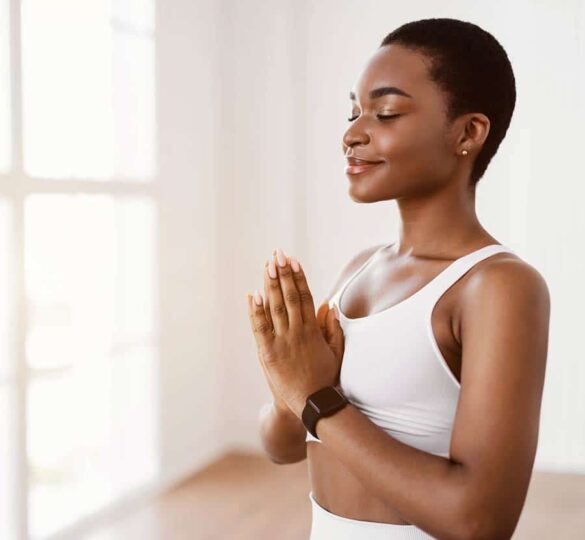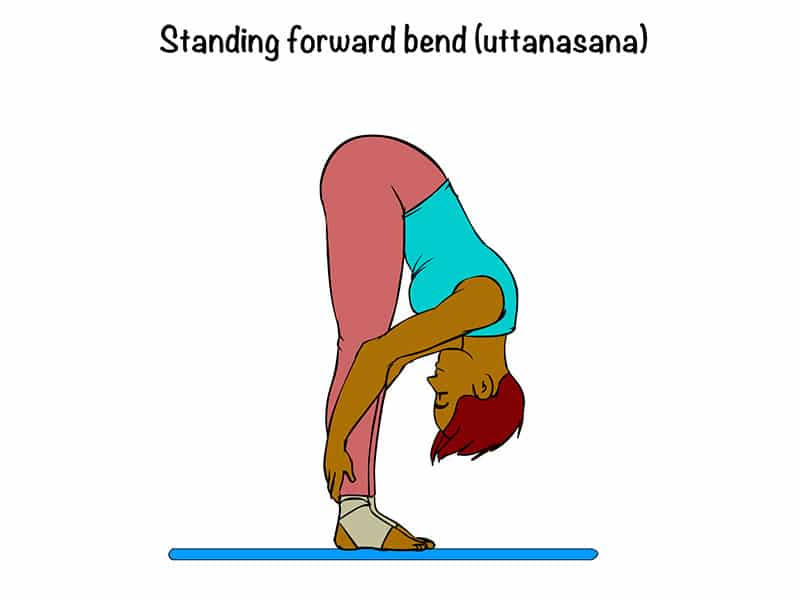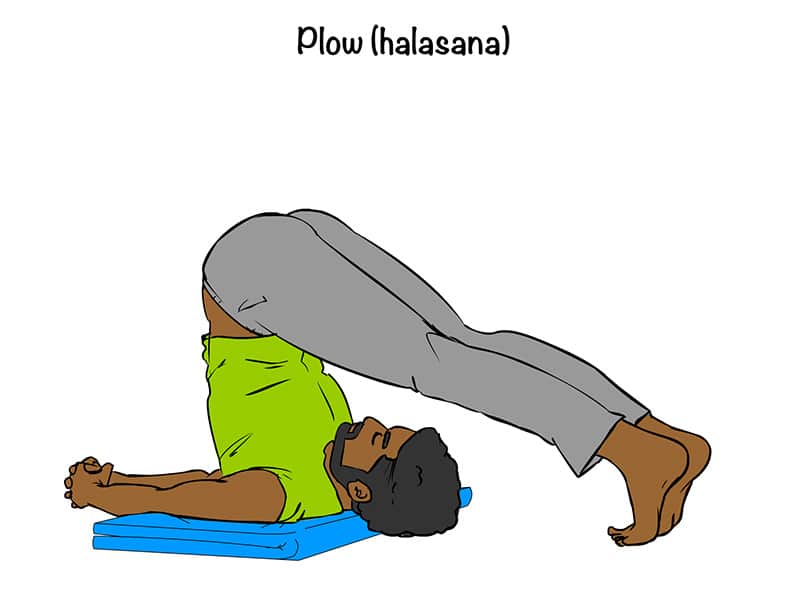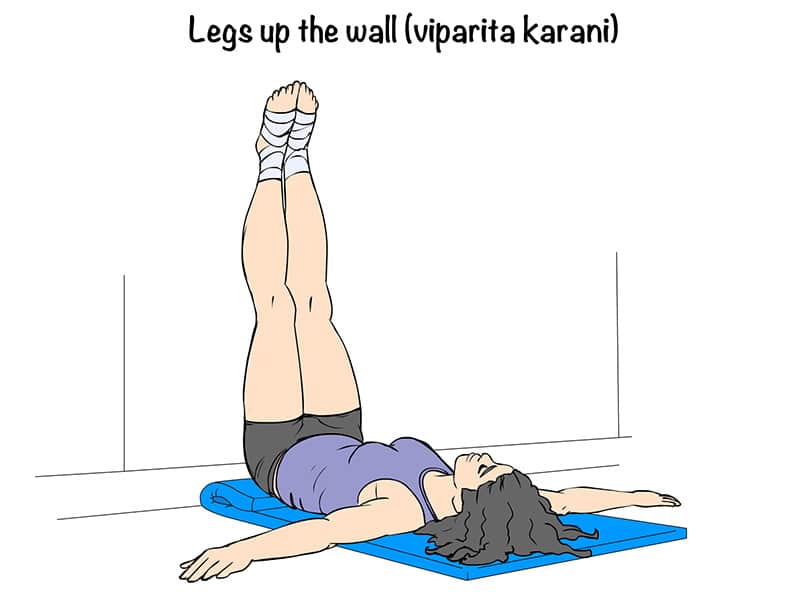Is Doing Yoga Safe If I Have Glaucoma?
Yoga has become a very popular form of physical and mental exercise, and is said to have many meditative and therapeutic benefits.

But is yoga safe for people with glaucoma?
Certain headstand positions, like the “downward facing dog” pose, are associated with an increase in intraocular fluid pressure (IOP). That could be a problem for people with glaucoma, especially if these types of positions are held for long periods.
This doesn’t mean that people with glaucoma can’t do yoga, but a better understanding of how IOP is affected by headstand positions will allow glaucoma patients to avoid certain poses and adjust their routines for a safe and healthy experience.
The Risk of Headstand Positions
A study from Mt. Sinai Health Systems compares eye pressure in people with no eye-related disease and glaucoma patients as they perform a series of inverted yoga positions, to measure the increase in IOP and how long the increased pressure lasts. They covered the following positions:
- Downward facing dog (adho mukha svanasana)
- Standing forward bend (uttanasana)
- Plow (halasana)
- Legs up the wall (viparita karani)




The researchers captured the IOP in each group at baseline seated, immediately assuming the pose, and two minutes while holding the pose. All four poses raised IOP in both the control group and the glaucoma patients, with the greatest increases associated with downward facing dog. Once the subjects returned to a seated position, they were tested immediately and 10 minutes later. The IOP returned to baseline levels at these time points.
The study didn’t show a dramatic difference in IOP between the control group and those participants with glaucoma, however the increase in IOP among glaucoma patients is more impactful to their future vision.
“As we know that any elevated IOP is the most important known risk factor for development and progression of nerve damage to the eye, the rise in IOP after assuming the yoga poses is of concern for glaucoma patients and their treating physicians,” said study author Jessica Jaisen, M.En. “In addition, glaucoma patients should share with their yoga instructors their disease to allow for modifications during the practice of yoga.”
How Should I Modify My Yoga Routine?
Because of these findings and as a precautionary measure while more research is being done, it is probably best for yoga enthusiasts with glaucoma to avoid headstands and “head-down” positions during their routines. At the very least, the duration of the positions should be kept to a short period to prevent possible contribution to future vision loss. Future studies can help us understand the importance of these IOP spikes in glaucoma progression.
To illustrate this idea, we asked a yoga instructor to come up with a glaucoma-friendly yoga routine.
This article reviewed for medical accuracy by Shan Lin, MD and updated on November 20, 2023.
Learn more about how to integrate yoga into your daily routine at home in this article from Porch.

Shan Lin, MD
Shan Lin, MD is a glaucoma specialist at the Glaucoma Center of San Francisco. Dr. Lin specializes in glaucoma and cataract surgery, and in his research he studies new medications for the treatment of progressive glaucoma and ocular hypertension.